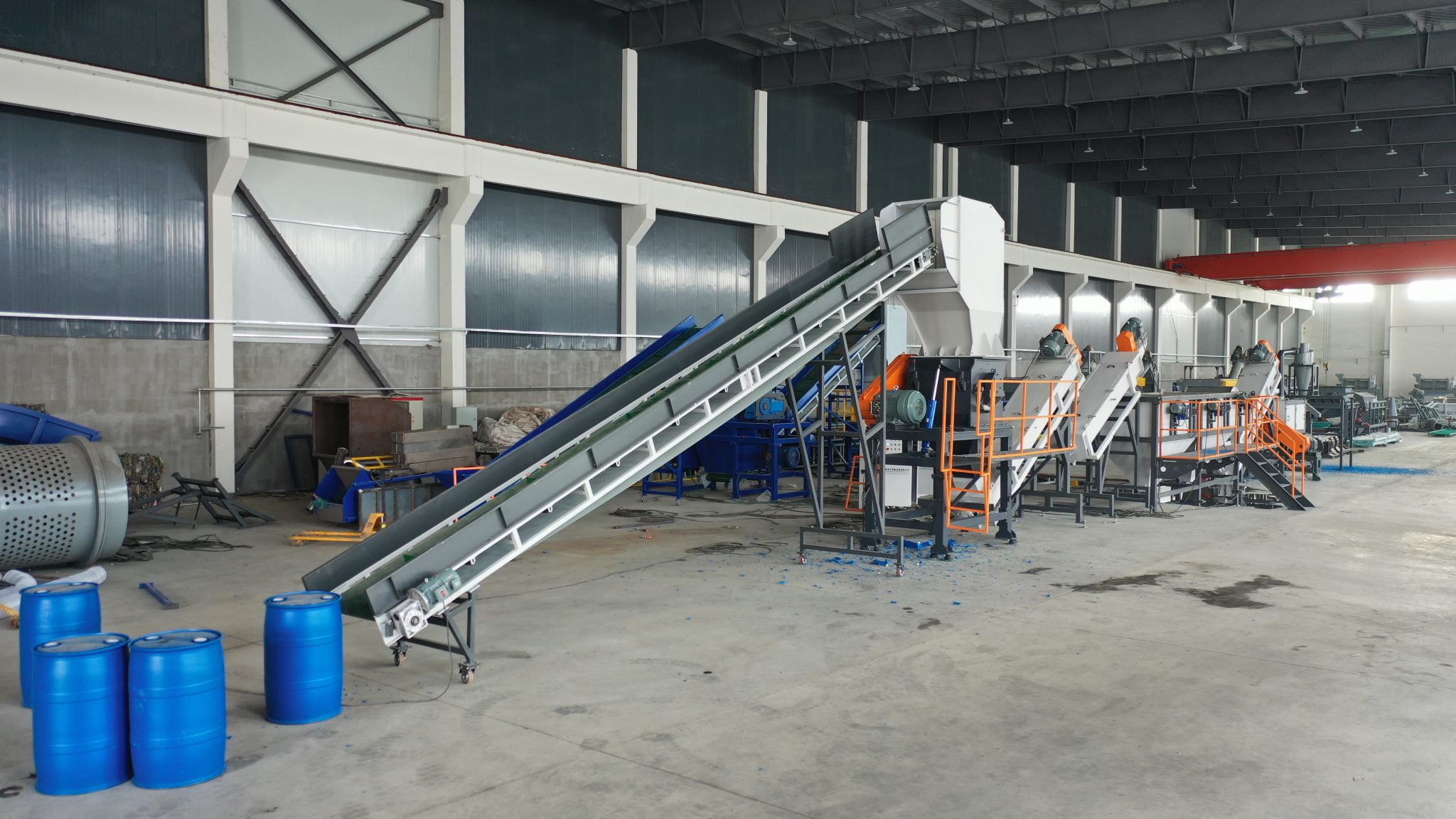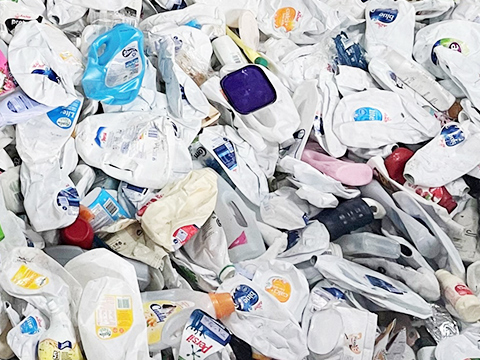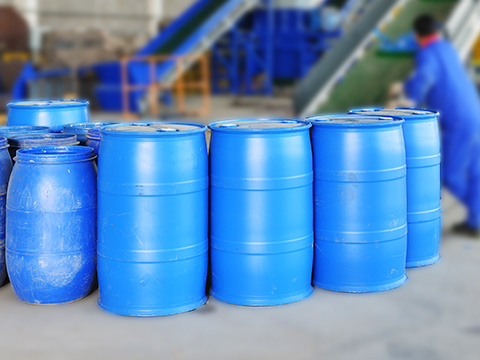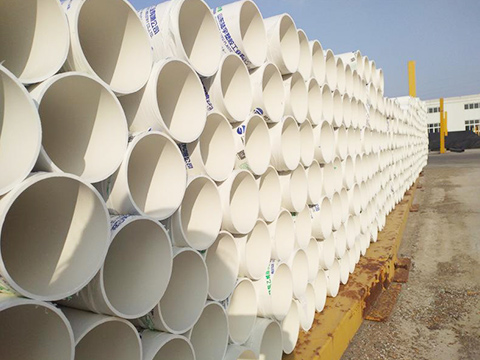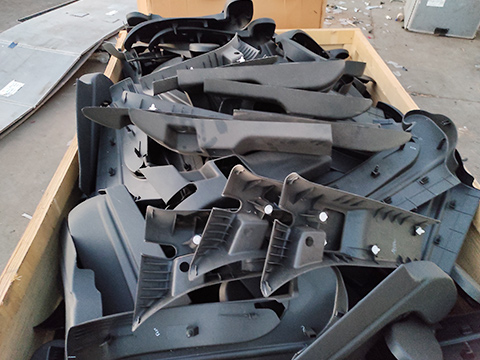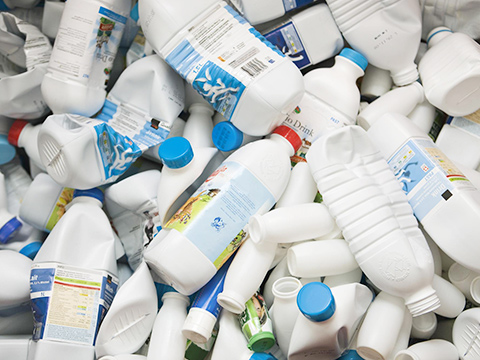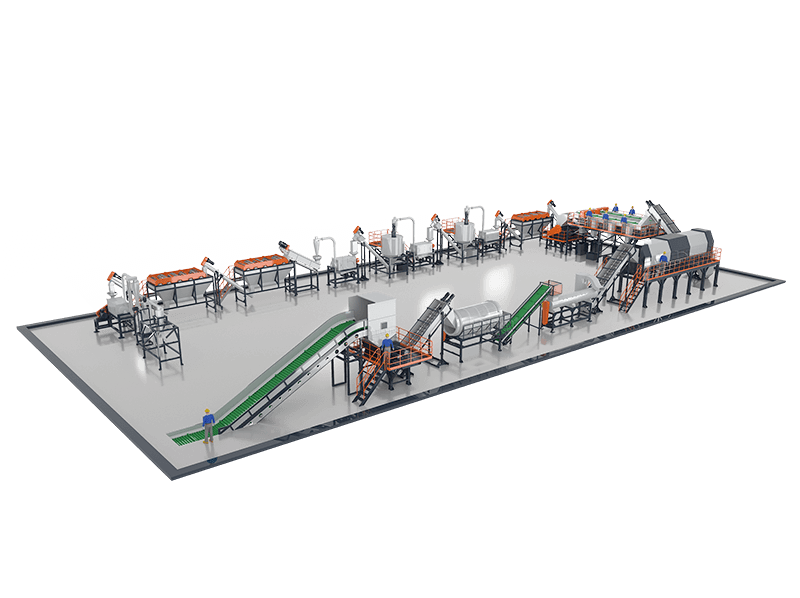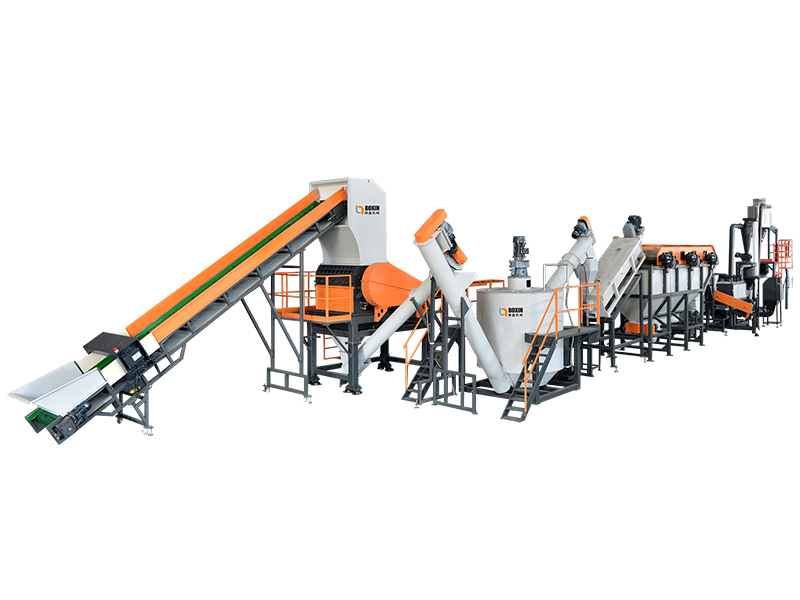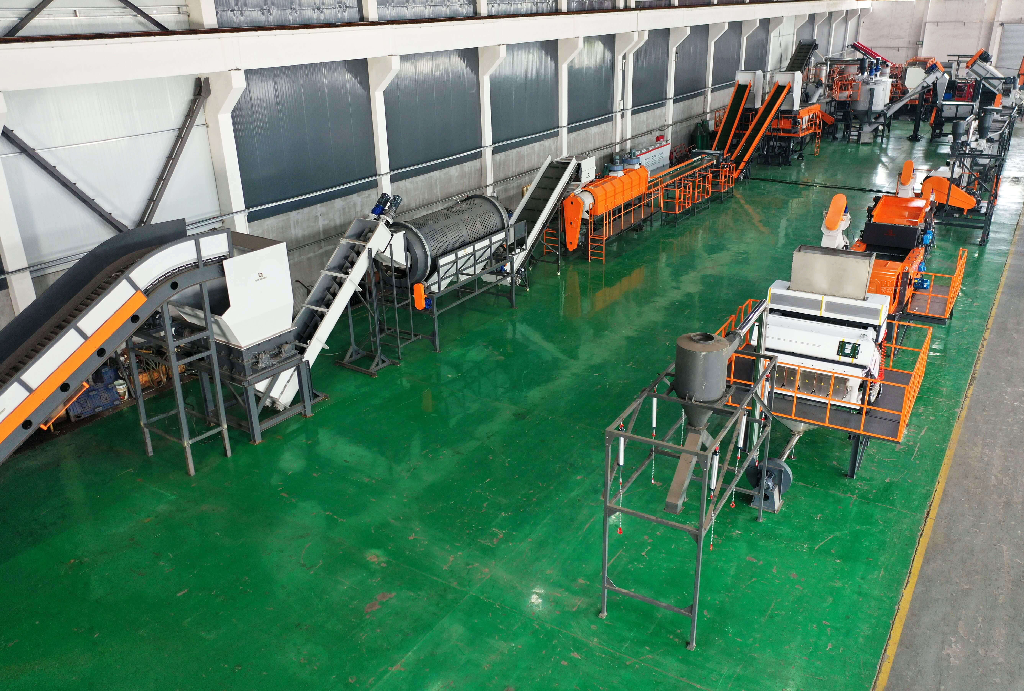Why an HDPE Chemical Drum Washing Line is Necessary
Residual substances inside chemical drums often possess toxic, corrosive, flammable, and explosive properties. If not handled properly, they can pose serious threats to both human health and the environment. Therefore, establishing a specialized HDPE chemical drum washing line is essential. This setup is not only suitable for independent recycling facilities but also serves as an important in-house solution for chemical companies to handle hazardous packaging waste.
According to the Technical Policy for the Prevention and Control of Pollution from Hazardous Waste, priority should be given to recycling and resource reuse when dealing with hazardous waste, in order to reduce the burden of subsequent disposal. Currently, many chemical plants, paint manufacturers, and petrochemical enterprises generate large volumes of discarded packaging containers during production. Traditionally, these are processed by outsourcing to specialized recycling firms, which incurs additional costs and prevents companies from realizing any return on waste packaging.
What is an HDPE Chemical Drum Washing Line
Unlike general plastic washing lines, HDPE chemical drum recycling and washing systems must ensure effective wastewater control, prevent the release of harmful exhaust gases, and guarantee that the shredded flakes are clean and free of contaminants. In such systems, the use of hot washing units is typically not recommended—instead, cold washing is employed to remove pollutants. This places high demands on the recycler's technical capabilities and industry expertise.
Boxin has successfully implemented multiple recycling solutions for discarded packaging containers, with HDPE chemical drum recycling and washing being one of our most mature and proven cases.
Standard Process of HDPE Chemical Drums Washing Line
Our HDPE chemical drum recycling and washing line includes the following key stages, with "pre-cutting" as an optional step depending on the type and contamination level of the input material:
|
|
|
|
|
1. Pre-Cutting (Optional):
Mechanical cutting of drum lids and preliminary cleaning of sludge or adhesions inside the drum body. This step aims to remove as much residual material from the drum walls as possible to prepare for the subsequent processes.
|
2. Shredding/Crushing:
The emptied drums are fed into a shredder or crusher for size reduction. The plastic drums are torn into flakes or small chunks, facilitating thorough cleaning in subsequent steps.
|
3. Friction Washer
Using high- or low-speed main shafts to drive blades that effectively scrub the surface of crushed materials, removing stubborn contaminants.
|
4. Sink-Float Separation Unit
After washing, materials enter a separation tank where differences in density allow heavy contaminants (e.g., sediment, metal fragments) to sink and lighter materials to float, effectively separating impurities.
|
|
|
|
|
|
5. System Separation & Dewatering:
The washed plastic flakes are then dewatered using a centrifugal dewatering machine.
|
6. Bagging & Packaging Unit
|
|
|
Key Challenges in Contaminant Treatment
Complex Wastewater and Liquid Handling:
Wastewater and residual liquids generated during the cleaning of chemical drums often contain various hazardous chemicals. Specialized treatment processes—such as neutralization, adsorption, or biochemical treatment—are required to ensure COD, heavy metal content, and pH levels meet discharge standards.
Removal of Stubborn Contaminants:
Substances such as label adhesives, sludge, and aged plastic residues are difficult to remove completely. Intensive cleaning using mechanical equipment (e.g., friction washers) combined with specialized detergents is necessary for deep decontamination.
Equipment Safety and Protection:
Machines are typically made of stainless steel and equipped with explosion-proof electrical components. Open flames are strictly prohibited during the entire cleaning process. When necessary, explosion-proof motors and closed-loop circulation systems should be used.
Important Note:
Based on over 20 years of recycling industry experience, we do not recommend hot washing as a primary method for treating hazardous waste packaging. Most hazardous residues may chemically react in hot water, potentially releasing harmful gases that are more difficult to manage than wastewater.

 EN
EN 
 English
English 简体中文
简体中文 Русский
Русский España
España عرب .
عرب .